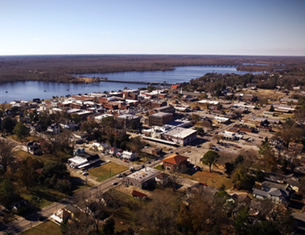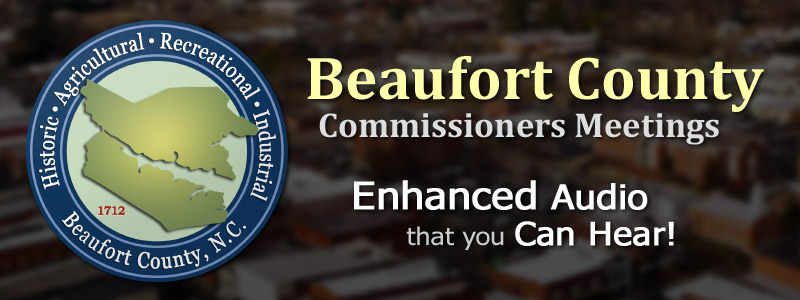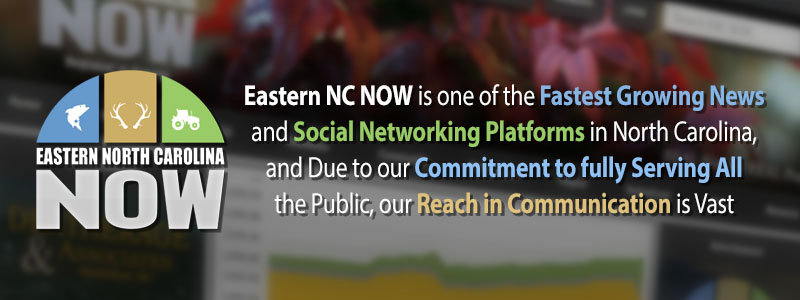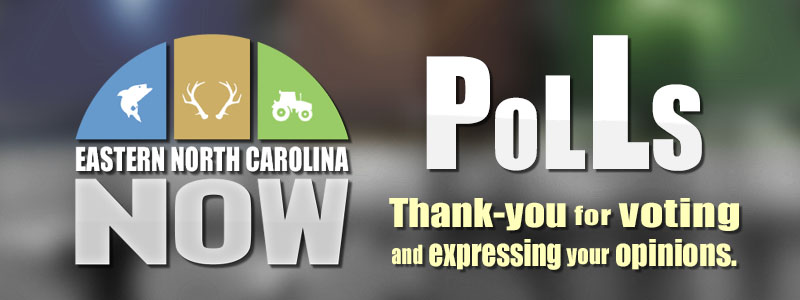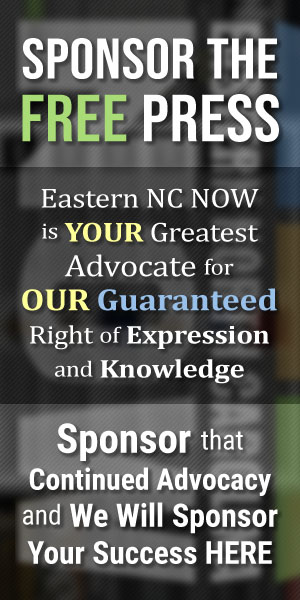Publisher's note: The author of this post is Dr. Roy Cordato, who is Vice President for Research and resident scholar for the John Locke Foundation.
1. Using solar power as an example, Obama confuses cronyism for free markets
At a recent event with Harry Reid in Las Vegas President Obama accused conservatives of being inconsistent in their support for free markets. Why? Apparently because they are "not for" solar power. Here's what he had to say to the gathering:
"Now, it's one thing if you're consistent in being free market. It's another thing when you're free market until it's solar that's working and people want to buy and suddenly you're not for it any more."
Leaving aside the dubious claim that solar power is "working" and that "people want to buy," the statement exposes a disturbing truth, namely that the President doesn't have a clue about what is and isn't a free market. I think the word that confuses him is "free." The word free, in this context, has a specific meaning, i.e. free from government influence over market outcomes. Free from subsidies, mandates, regulations, etc.
What conservatives are calling for is a solar industry that actually does participate in the energy markets, free of all of such influences. The last thing that the subsidy- and mandate-laden market for solar power is, is free. As noted by Nicolas Loris, writing for the Heritage Foundation's "
The Daily Signal"
The market-distorting handouts for solar come in a variety of forms. The solar industry benefits from a generous 30-percent targeted investment tax credit, state grant and incentive programs, a taxpayer-funded initiative at the Department of Energy to lower the cost of solar, net metering policies that shift the costs of solar users to non-solar residents, taxpayer-backed federal loan guarantees, and Department of Defense mandates.
What is interesting is that all these subsidies, and Obama's support for them, suggest that it is the President and the politicians in North Carolina and nationally who honestly don't believe that solar power is "working" and that "people want to buy." If it were, then the solar mongers would be happy to let go of the subsidies. Mandates and subsidies are only needed if a product is not working (which in an economic sense means is not profitable) and if people don't truly want it. In other words, if the President believed his own rhetoric, he would be on the side of those conservatives that he accuses of being inconsistent, calling for the elimination of the subsidies and special privileges. Instead, according to Loris:
...in the same speech, Obama announced a handful of new subsidies to prop up the solar industry on the backs of taxpayers and defended one of the biggest state-led anti-free-market policies: renewable electricity standards.
If the solar industry cannot be described as "free market," as Obama insists it should be, then what is the nature of the market that it operates in? Clearly it is a political market. Loris describes it as follows:
We have policies where well-connected special interests and campaign donors direct how taxpayer money is spent and where private capital flows. The well-connected investors stand to reap all the profits, and the taxpayers bear all of the risk.
It is a paradigm case of crony capitalism, where resources are directed not by the interplay of the costs of production and consumer demand, but by the interplay of politicians using their powers to tax and regulate and special interest groups that will profit from that coercion. Unfortunately we have a president who believes that this is what a free market looks like.
2. Ozone Report
The 2015 ozone season began on April 1 and, as I have been doing since this newsletter was started, each week during the ozone season this newsletter will report how many, if any, high ozone days have been experienced throughout the state during the previous week, where they were experienced, and how many have been recorded during the entire season to date. (Note: ground level ozone, which is what we are reporting on, is often called "smog.") According to current EPA standards, a region or county experiences a high ozone day if a monitor in that area registers the amount of ozone in the air as 76 parts per billion (ppb) or greater. The official ozone season will end on October 31. All reported data is preliminary and issued by the North Carolina Division of Air Quality, which is part of the state's Department of Environment and Natural Resources. Thus far this season there have been 5 high ozone days recorded on any of the state's 42 monitors. Three occurred on
June 25 and two on August 5.
The table below shows all of the North Carolina's ozone monitors and the high reading on those monitors for each day of the 7-day period, August 17-August 23.






